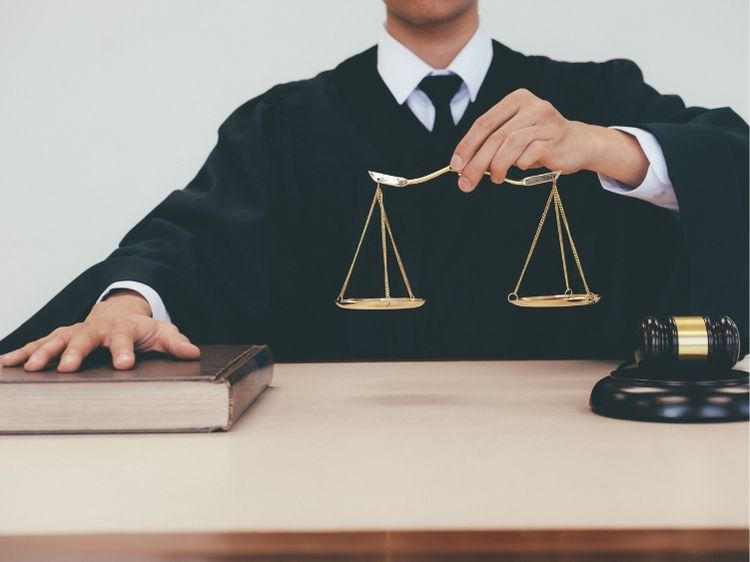When you purchase a product, you expect it to be safe and reliable, right? But what happens when things go wrong, and that seemingly harmless product causes injury or damage? That’s where product liability cases come into play. These legal claims are filed when a defective or unsafe product leads to harm, and understanding how these cases work can help consumers, manufacturers, and retailers alike. In this article, we’ll break down what product liability is, the types of claims involved, and the processes surrounding them.
What Are Product Liability Cases?
Simply put, product liability cases are legal disputes that arise when a product causes harm due to being defective or unreasonably dangerous. The injured party (usually the consumer) can sue the manufacturer, retailer, or distributor responsible for putting that product into the market.
But these cases aren’t always as cut-and-dried as they seem. There’s a ton of legal nuance involved, including establishing who is truly at fault and what specific defect caused the harm.
The Key Elements of Product Liability
For a successful product liability case, the plaintiff (the injured party) must prove several key elements:
- The product was defective: Whether in its design, manufacturing, or marketing, the product must be proven faulty.
- The defect caused injury: It’s not enough for the product to simply be defective; it must also be the direct cause of the injury or harm.
- The product was used as intended: If the plaintiff was misusing the product or using it in a way not intended by the manufacturer, it might complicate the case.
Types of Product Defects
There are three primary categories of defects that commonly lead to product liability cases:
- Design Defects: These occur when the product is inherently dangerous due to its design, even before it’s manufactured. A famous example? The Ford Pinto, which had a design flaw causing its fuel tank to explode in rear-end collisions.
- Manufacturing Defects: These happen during the actual creation or assembly of the product. A car seat with a faulty seatbelt, for example, might have passed design tests but failed during the manufacturing process.
- Marketing Defects: Also known as “failure to warn,” these defects happen when a product lacks proper instructions or warnings about potential risks. Think about a prescription medication that doesn’t come with adequate warnings about its side effects.
How Product Liability Cases Unfold
Product liability cases often involve complex investigations, expert testimony, and, of course, lawyers duking it out in court. But how do these cases typically unfold?
- Investigation: The first step involves gathering evidence. This might include photos of the defective product, medical reports from the injury, and even expert opinions to establish what went wrong.
- Filing a Complaint: Once enough evidence is gathered, the injured party will file a legal complaint against the responsible parties—be it the manufacturer, distributor, or retailer.
- Discovery: Both sides gather more evidence through witness depositions, document requests, and expert evaluations.
- Settlement or Trial: Many product liability cases are settled out of court, but if a settlement isn’t reached, the case will go to trial.
Major Product Liability Case Examples
There have been several landmark product liability cases that set precedents and continue to influence how these cases are handled:
- McDonald’s Hot Coffee Case: One of the most famous examples, a woman sued McDonald’s after suffering third-degree burns from a cup of scalding hot coffee. The case shed light on failure to warn claims, as McDonald’s was found liable for not providing an adequate warning about the coffee’s temperature.
- Tobacco Litigation: Big Tobacco faced a slew of lawsuits from smokers who claimed they were misled about the dangers of smoking. These cases helped redefine failure to warn and established the importance of clear marketing.
- Takata Airbag Recall: This more recent case involved faulty airbags that would explode upon impact, causing injury or death. Takata faced massive recalls and legal battles worldwide.
Defenses in Product Liability Cases
Manufacturers and retailers often defend against product liability claims with several common strategies:
- Comparative Fault: They might argue that the consumer was partly responsible for their own injury. For instance, if the product was misused, that could reduce liability.
- Product Alteration: If the product was altered after it left the manufacturer’s hands, they might not be held liable. This could happen if a third party modified the product before it reached the consumer.
- Statute of Limitations: Every state has a different statute of limitations for filing product liability claims. If the lawsuit is filed too late, the case may be dismissed outright.
FAQs About Product Liability Cases
- What’s the difference between product liability and negligence?
Product liability doesn’t always require the plaintiff to prove negligence, whereas a negligence claim does. Product liability is based on strict liability, meaning that even if the manufacturer wasn’t negligent, they could still be held liable for a defective product.
- Can I sue the retailer instead of the manufacturer?
Yes, in some cases. Both the retailer and the manufacturer can be held responsible for defective products, depending on the circumstances of the case.
- What compensation can I expect from a product liability case?
Compensation in product liability cases usually covers medical bills, lost wages, pain and suffering, and sometimes even punitive damages, depending on the severity of the case.
- How long do I have to file a product liability claim?
This depends on the state’s statute of limitations. It’s usually anywhere from two to six years, but it’s important to act quickly to preserve your legal rights.
Conclusion
Product liability cases are complex but critical in ensuring that manufacturers and retailers are held accountable for the safety of their products. Whether it’s a car recall, a defective drug, or a faulty household appliance, consumers have the right to seek justice and compensation for injuries caused by unsafe products.
Understanding the basics of product liability can help you navigate these cases more effectively, whether you’re a consumer considering a lawsuit or a company looking to ensure product safety.
Authoritative Links
- https://www.consumer.ftc.gov
- https://www.law.cornell.edu/wex/product_liability
- https://www.justia.com



